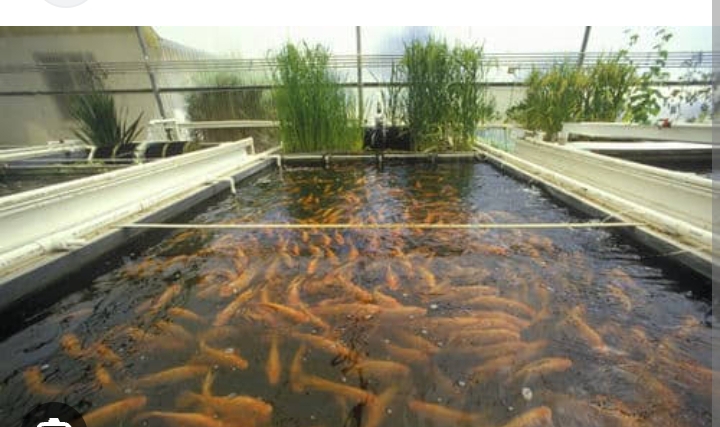How to Start Tilapia Fish Farming
A Comprehensive Guide to Starting Tilapia Fish Farming
Introduction:
Tilapia fish farming has gained significant popularity in recent years due to the high demand for this versatile and nutritious fish. Whether you’re an aspiring entrepreneur or a hobbyist looking to venture into aquaculture, tilapia farming can be a rewarding and profitable endeavor.
This comprehensive guide will walk you through the essential steps and considerations to start your own tilapia fish farming operation.
Understand Tilapia:
Tilapia is a tropical freshwater fish known for its fast growth rate, adaptability, and excellent taste. Before starting a tilapia farm, it’s crucial to familiarize yourself with the different species, their biology, preferred environmental conditions, and market demand.
The most common species for farming include Nile tilapia (Oreochromis niloticus) and Mozambique tilapia (Oreochromis mossambicus).
Choose a Suitable Farming System:
There are several tilapia farming systems to consider, including pond culture, tank culture, cage culture, and recirculating aquaculture systems (RAS). Each system has its advantages and requirements, such as space, water availability, and capital investment. Select a system that aligns with your resources, location, and business goals.
Site Selection:
When choosing a site for your tilapia farm, several factors must be considered. These include access to a reliable water source, water quality, land availability, proximity to markets, and environmental regulations. Conduct a thorough feasibility study and consult local authorities to ensure compliance with zoning, permits, and any environmental restrictions.
Constructing Ponds or Tanks:
For pond culture, select a suitable area and prepare the land by clearing vegetation and ensuring proper soil conditions. Constructing ponds involves creating embankments, inlets, outlets, and proper drainage systems. Alternatively, for tank culture, you will need to set up fish tanks with adequate filtration systems, aeration, and temperature control mechanisms.
Water Management:
Water quality is crucial for tilapia growth and health. Ensure a constant supply of clean, oxygenated water to your fish. Implement a water management plan that includes regular monitoring of water parameters such as temperature, pH, ammonia, and dissolved oxygen levels. Consider implementing water recirculation and filtration systems to optimize resource utilization and minimize environmental impact.
Stocking Tilapia:
Source high-quality tilapia fingerlings from reputable hatcheries or certified suppliers. Consider factors like growth rate, disease resistance, and market demand when choosing the tilapia strain. Stock the fish at appropriate densities, keeping in mind the carrying capacity of the system to avoid overcrowding and disease outbreaks.
Feeding and Nutrition:
Provide a balanced and nutritious diet to ensure optimal growth and health of your tilapia. Commercial tilapia feeds are available in the market and are formulated to meet the specific nutritional requirements of the fish at different growth stages. Supplement their diet with natural food sources like algae, plankton, and aquatic plants whenever possible.
Disease Management:
Maintaining good water quality, proper nutrition, and regular monitoring are essential for disease prevention. Implement biosecurity measures to minimize the risk of introducing diseases to your farm. Consult with aquatic veterinarians or local aquaculture experts to develop a disease management plan, including vaccination schedules and appropriate treatments.
Harvesting and Marketing:
Monitor the growth of your tilapia and plan for timely harvesting. The market size and demand for tilapia can vary based on your location. Identify potential buyers such as restaurants, supermarkets, fish markets, or local distributors. Consider value-added products like fillets, smoked fish, or fish-based products to cater to diverse market preferences and increase profitability.
Continuous Learning and Adaptation:
Stay updated with the latest research, industry tends.
Free Research Preview. ChatGPT may produce inaccurate information about people, places, or facts. ChatGPT May 24 Version


1 Comment
How long does it take for tilapia to grow to maturity?
Can they be raised in same ponds with catfish?